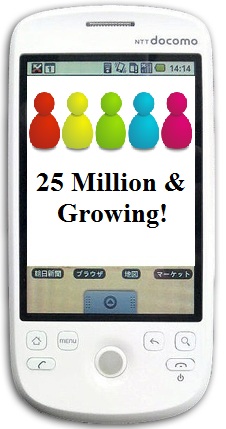 Life360 has announced that it already has 25 million members and that is rapidly rising.
Life360 has announced that it already has 25 million members and that is rapidly rising.
A geolocation app for smartphones called Life360 has been designed to allow families to be able to monitor the locations of their members, has announced that it predicts that it will have broken the 25 million registered user mark by the end of 2012.
This will mean that the company will become serious competition for the wider known Foursquare.
In fact, Foursqure, though it may be much higher profile, just passed the 25 million user mark in September 2012. That company is also based on a geolocation application. Both of those businesses first opened in 2008, but while Foursquare was able to raise more than $71 million, Life360 was only able to raise $6.85 million.
The Life360 chief exec is now predicting that its geolocation app will surpass the competition.
Chris Hulls, the chief executive of Life360 has announced that he believes that his geolocation app will have passed the audience size of Foursquare within the next couple of months. He has justified his prediction by saying that his company is experiencing a far higher growth rate than the competition. That said, he didn’t share any specific figures regarding the growth rates of either company.
Hulls also declined to reveal how many of his geolocation app’s registered members are actually regular users who are actively using the service. The most specific statement that he would provide was that it was a “pretty high ratio”.
In a phone conversation, Hulls explained that “We’ve really hit an inflection point in the company in terms of the family network going digital. We want to be the company that really owns your family life on the phone.”
The company used a new press release to announce this new membership milestone and, at the same time, launched a new brightly colored website branding style. Furthermore, it also announced that two new features would be added to its geolocation app. These are designed to help tech savvy parents to achieve greater piece of mind. They include “geofencing” through its Places feature, and map view crime data.

 Peoplecount investigates the effects of location-based information in marketing
Peoplecount investigates the effects of location-based information in marketing